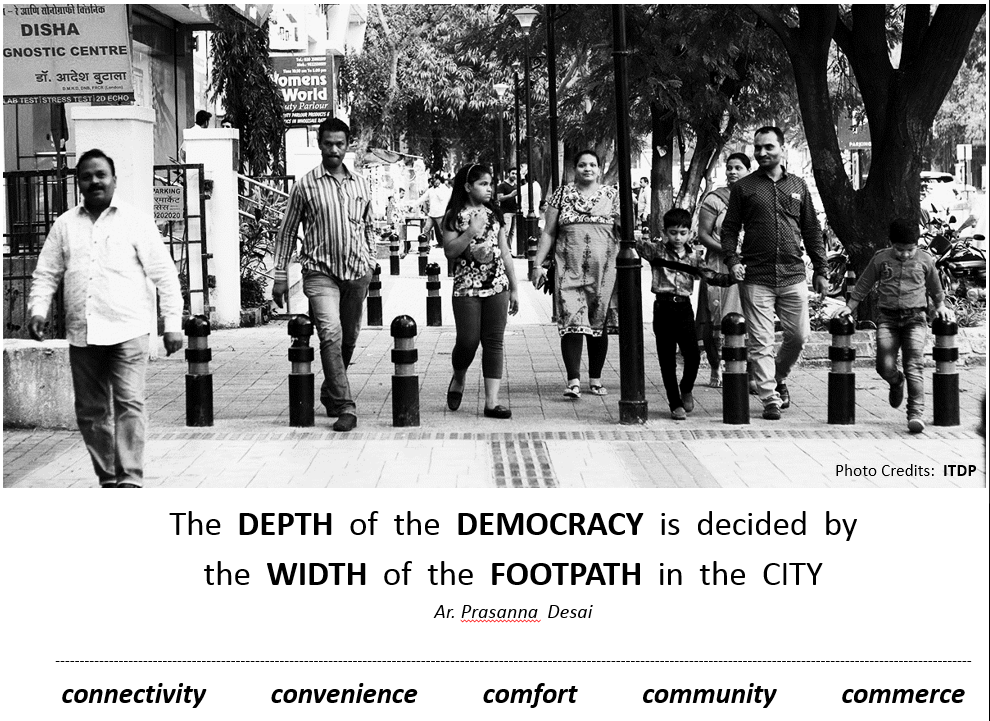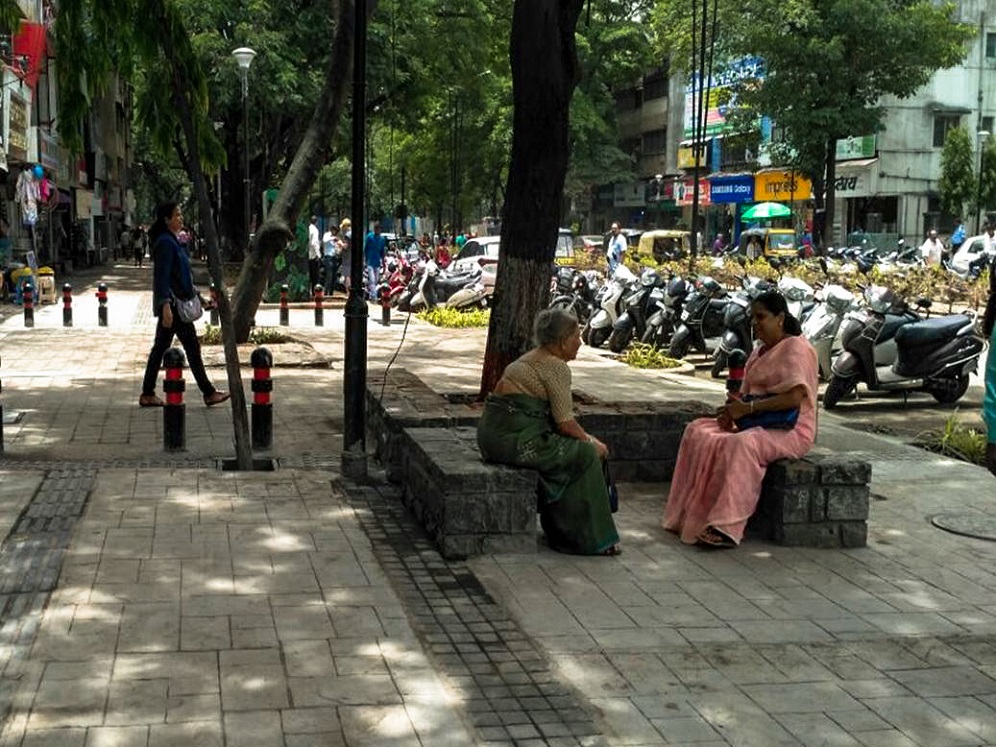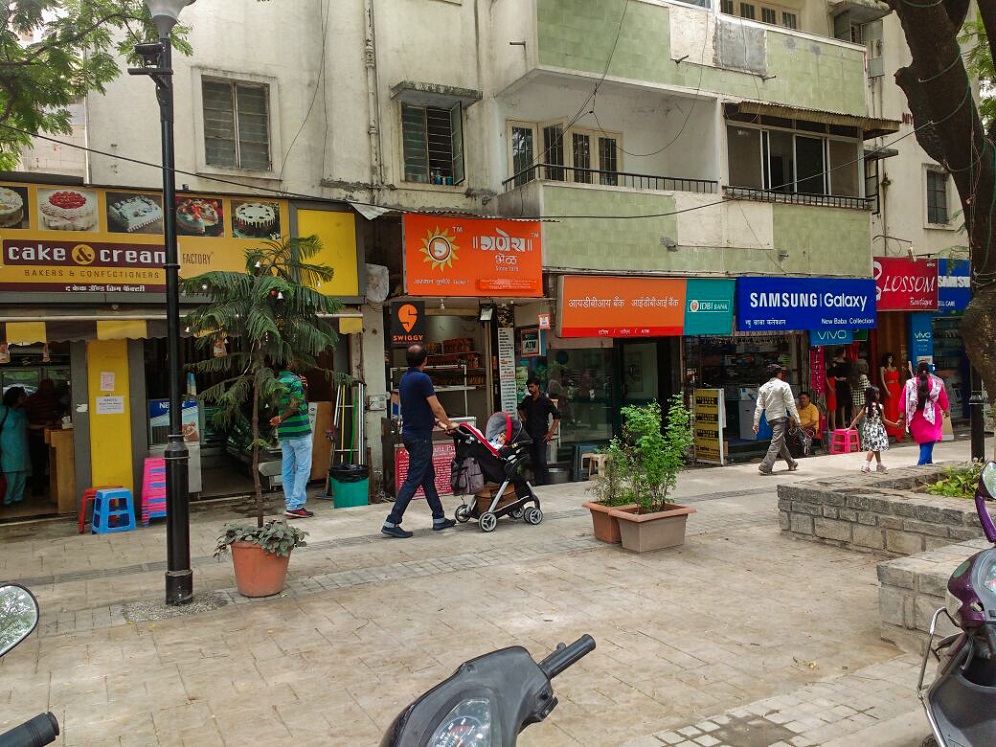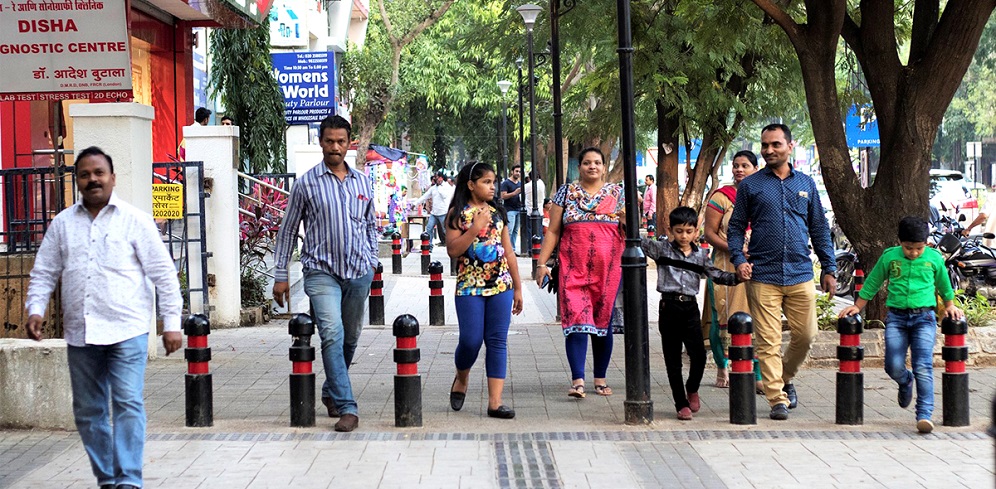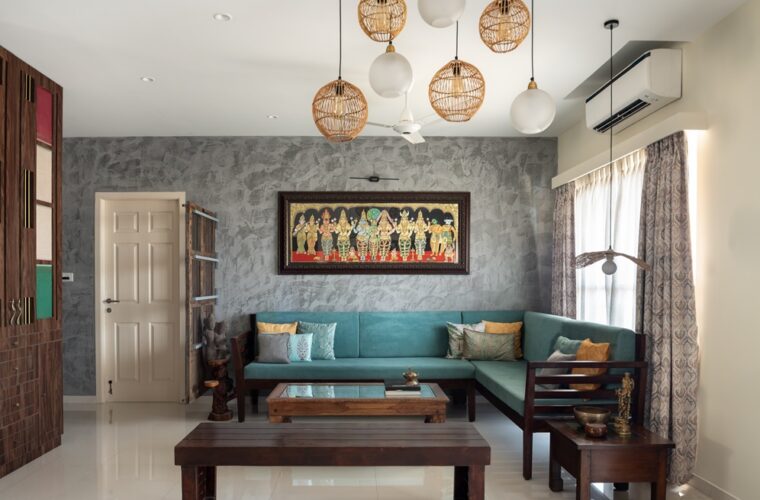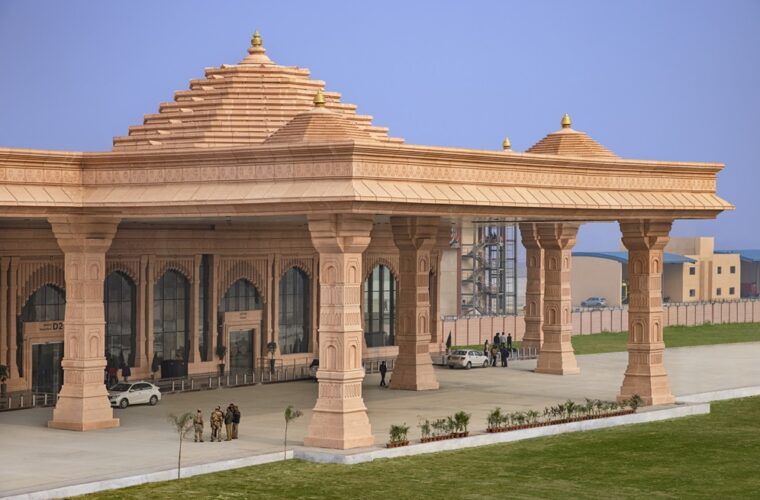People: engineers of change
Communities can bring about a revolution in the cities they live in and on the streets they walk upon. Prasanna Desai, Founder, Prasanna Desai Architects makes a case for people’s participation
Communities are engines of change to save their cities. If we want to save our open spaces, communities and neighborhoods must play an important role in creating public pressure. The bottom up approach will sustain longer with communities participating and demanding amenities and facilities for the health of the city.
In Pune, the Lakaki lake movement by citizens of Model Colony is an example of how the old quarry lake has been saved by citizens. The biodiversity park of Pune has also been a long-sustained citizens’ movement with the support of NGOs, professionals and others that has led to it reaching the implementation stage upon the hills of Pune. Bengaluru has also observed citizens’ movements to revive and reclaim some of the lakes that were falling prey to development.
The hills of Pune, the Hussain Sagar Lake of Hyderabad, the Nehru Park and the green district of Delhi are the kinds of spaces that provide relief to the citizen and help bring the microclimate under control on a day-to-day basis. The conversion of neighborhood parks into parking and the ever-increasing number of shrinking green spaces along the Indian streets has a huge impact on the environment. Cantonment areas that define a city’s green zone are under constant pressure for redevelopment. These need to be planned carefully and not at the cost of the green belt; many cities have dried up and lost a large number of open spaces.
In the modern context, open spaces have undergone a lot of change. A sense of design and a demand for more organized spaces have led to manicured, open spaces. Functional though these are, they take away the in-built flexibility of the Indian open space which was more adaptable as per the needs of people and the climate. In India particularly, open and / or green spaces in any city are not just its lungs but have also acted as social public areas.
Indian cities have always had open spaces that have been purposeful, like the maidan (clear ground), the river, the neighborhood park and the street that has played an important role in being a part of the social fabric. The maidan that acts as a playground can also be used during festivals like Ramleela or Ganpati and for political meetings as well. River belts that function as open spaces in Indian conditions have been used for drying clothes, playing cricket and various other games. Streets have traditionally been a place for kids to play and for people to come together and interact within communities.
Streets and arterial roads form 15 to 20 per cent of total spaces that need to be carefully designed, nurtured and transformed into open spaces with trees. The need to provide vehicular road space has led to the barbaric cutting of fully- grown, old trees lining Indian streets.
However shaded streets, especially keeping India’s climatic conditions in mind, are of utmost importance, as Indian streets are under tremendous pressure from ever-increasing vehicles. Streets may be widened in a manner that these trees are accommodated; MV lanes, cycle tracks, pedestrian movement, service lanes and parking can be organized in a democratic and equitable manner.
The health of a city can easily be linked to spaces for walking and cycling. If cities are made walkable within the neighborhood of public wards, where people can walk a kilometer or two and cycle safely for three to four kilometer as a part of their daily routine, it will improve the quality of health. Studies have clearly shown that walking and cycling daily help reducing the risk of hypertension, obesity and diabetes and if this becomes a part of daily routine, we will have more healthy, interactive and social communities.


